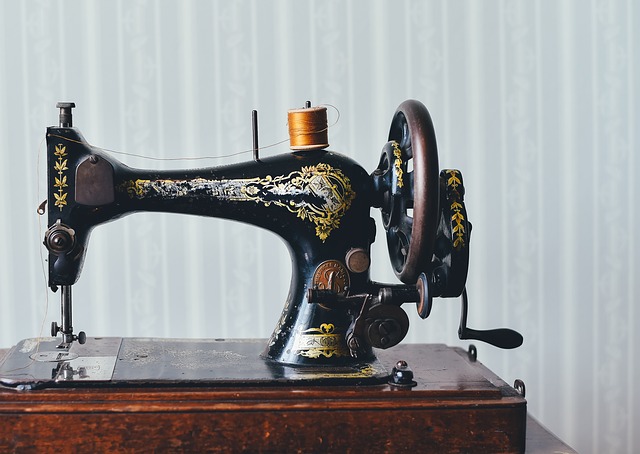Sewing is not only a skillful trade to have but can be a fun and appealing hobby as well. Whether you intend on making curtains and bed spreads, fixing a tear in a piece of clothing, or sewing together a costume, finding the best sewing machine for beginners can be a daunting task. But don’t worry, the few tips below will help you learn what to look for when on the hunt for a beginner sewing machine.
What Type of Stitches Do You Need?
Sewing machines generally offer between 25 to 100 or more different stitching patterns, and the more patterns included with the machine usually increases the price. Think about what type of sewing projects you will be working on, and then consider which stitches you think you will use the most. When first starting out sewing, you probably will only use a handful or less of different stitch patterns, so don’t worry about obtaining a sewing machine with 100 or more straight off the bat.
Look For Autopilot Features
The most common and cheapest types of sewing machines available on the market are manual, meaning you need to use a foot pedal to control the speed of the sewing machine’s needle. Using a foot pedal is a sewing skill that is perfected over a longer period of time. Pressing down a little too hard can create an unwanted increase in speed, while not pressing hard enough can be slow and cumbersome.
Finding that sweet spot can be difficult and off-putting for beginners. This is where having an autopilot feature comes in handy since it moves the needle at a consistent speed with just the touch of a button.
Tension Control and Needle Threading
Threading the needle of a sewing machine can be difficult, especially if you have eyesight or mobility issues. Thankfully, there are plenty of computerized sewing machines available today that offer a variety of automatic features. One of those features is automatic needle threading. With this feature, you will not need to thread the machine yourself, making for a pleasurable and faster sewing experience.
Another feature to look for is auto tension. Having your thread too tight or too loose can lead to breakage, unraveling, and poorly stitched designs. Not only is finding the correct tension a long and tedious process for beginners and novices alike, it can be avoided by purchasing a machine that has an auto tension feature.
Simply set the machine to the tension you need, depending on the thickness of the material you are working with, and that’s it. Should you need to adjust again, simply push a couple buttons on the computerized sewing machine and you’re ready to continue on.
Brand Name Really Matters
In the world of sewing, brand name really does matter when it comes to purchasing a sewing machine. Although low prices with tons of features may sound very tempting on a generic name model, keep in mind that the quality of the machine is sacrificed for that lower price tag.
If sewing is not going to be something you do often, this may be something you are willing to overlook. However, problems can and most certainly will arise with generic sewing machines. To ensure you are getting the best value and enjoyable experience with your sewing machine, try to stick to the most well-known and trusted name brands.

